Ken and two best friends, Jim Woodruff and Ed Pederson decided they wanted to join the Air Force rather than wait to be drafted.
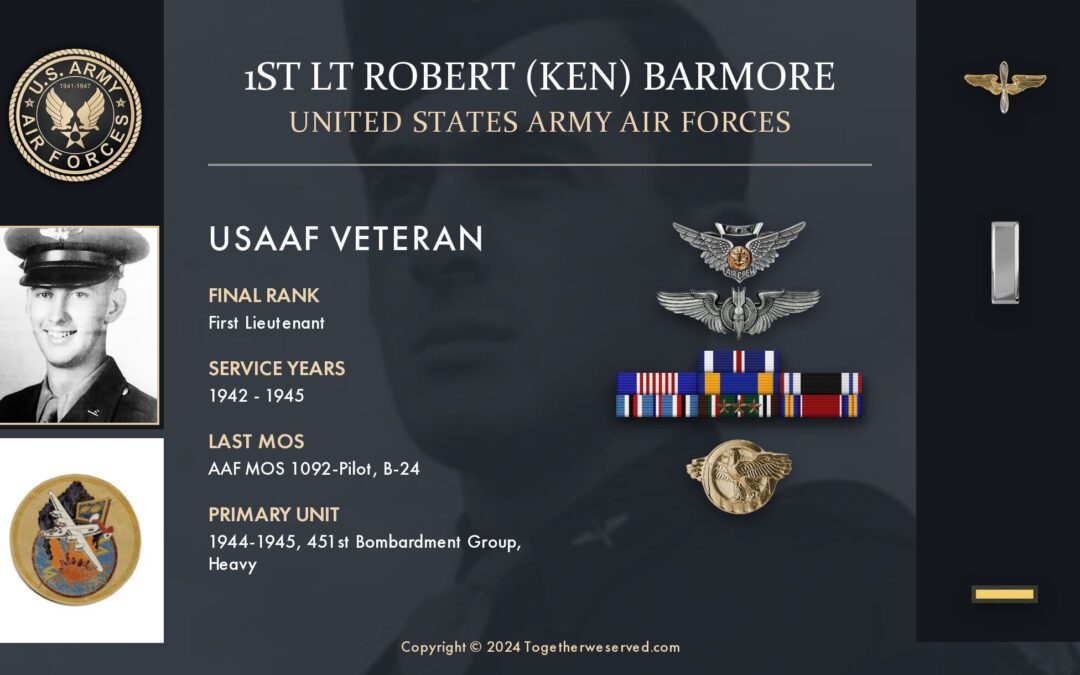
The Christy Collection
Military Stories and Articles

Ken and two best friends, Jim Woodruff and Ed Pederson decided they wanted to join the Air Force rather than wait to be drafted.
The "Croix de Guerre" or "Cross of War," is a French military decoration honoring people for their resistance against the Nazis in WWII. Furthermore, being appointed a "Member of the Order of the British Empire" by King George VI for services rendered in France during the enemy occupation was a high British honor. Any man who was awarded such honors must have been a remarkable one. Only, in this case, we are dealing with a woman and a brave and tenacious one at that. The Perilous Life of...
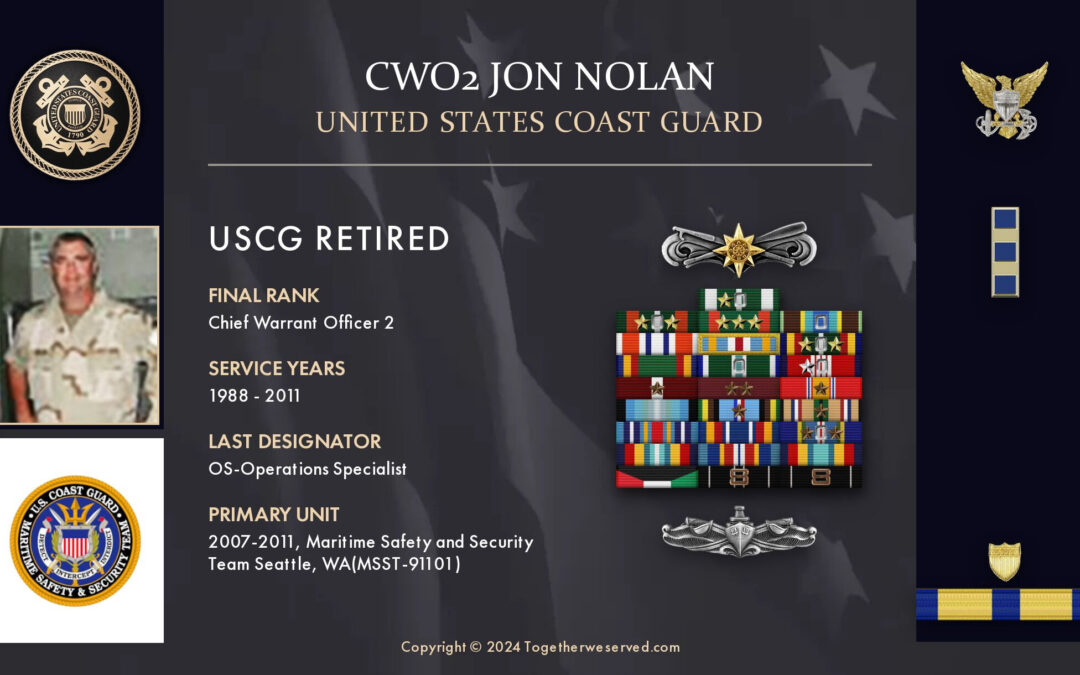
PRESERVING A MILITARY LEGACY FOR FUTURE GENERATIONS The following Reflections represents CWO2 Jon Nolan's legacy of his military service from 1988 to 2011. If you are a Veteran, consider preserving a record of your own military service, including your memories and photographs, on Togetherweserved.com (TWS), the leading archive of living military history. The following Service Reflections is an easy-to-complete self-interview, located on your TWS Military Service Page, which enables you to...
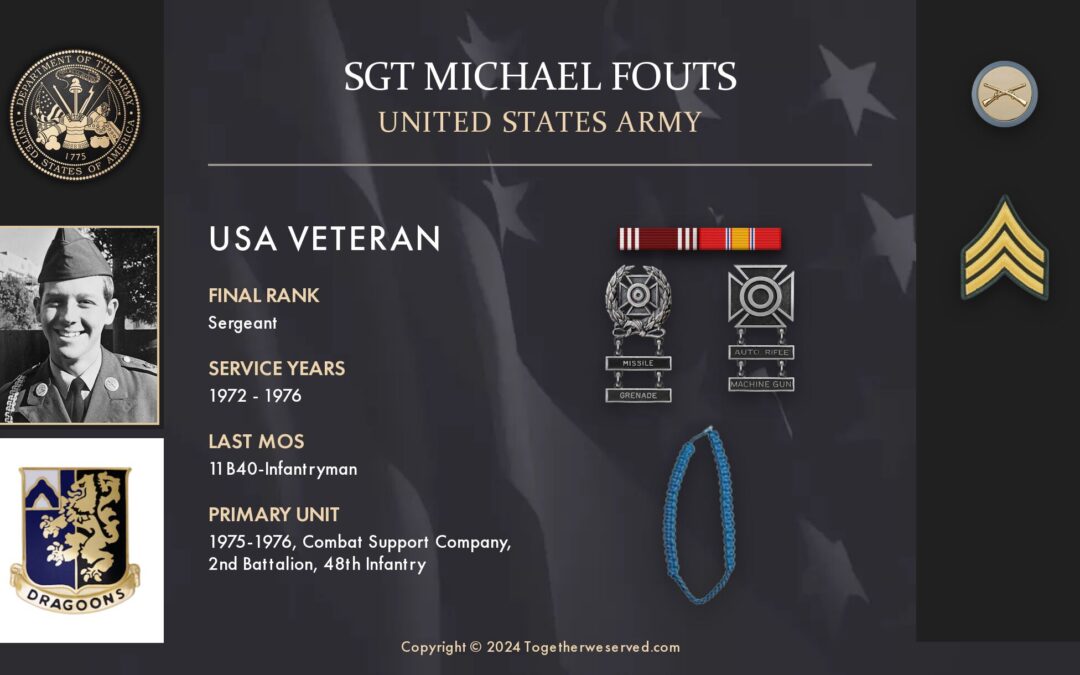
PRESERVING A MILITARY LEGACY FOR FUTURE GENERATIONS The following Reflections represents SGT Michael Fouts's legacy of his military service from 1972 to 1976. If you are a Veteran, consider preserving a record of your own military service, including your memories and photographs, on Togetherweserved.com (TWS), the leading archive of living military history. The following Service Reflections is an easy-to-complete self-interview, located on your TWS Military Service Page, which enables you to...
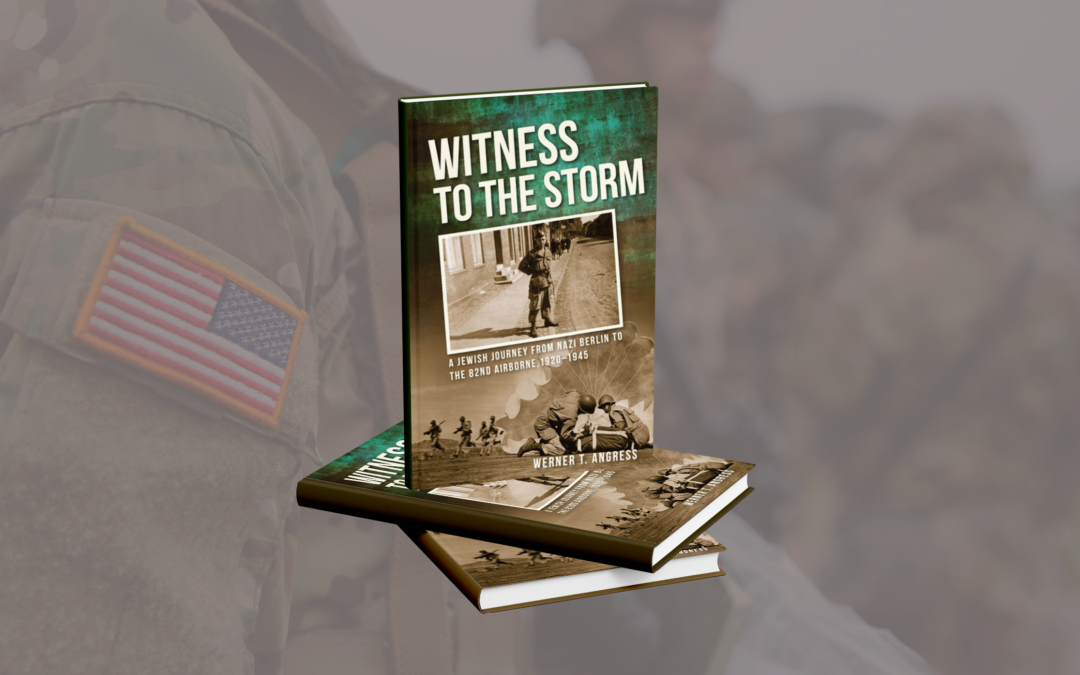
On June 6, 1944, Werner T. Angress parachuted down from a C-47 into German-occupied France with the 82nd Airborne Division. Nine days later, he was captured behind enemy lines and, concealing his identity as a German-born Jew, became a prisoner of war. Eventually, he was freed by US forces, rejoined the fight, crossed Europe as a battlefield interrogator, and participated in a concentration camp's liberation. Although he was an American soldier, less than ten years before, he had been an...
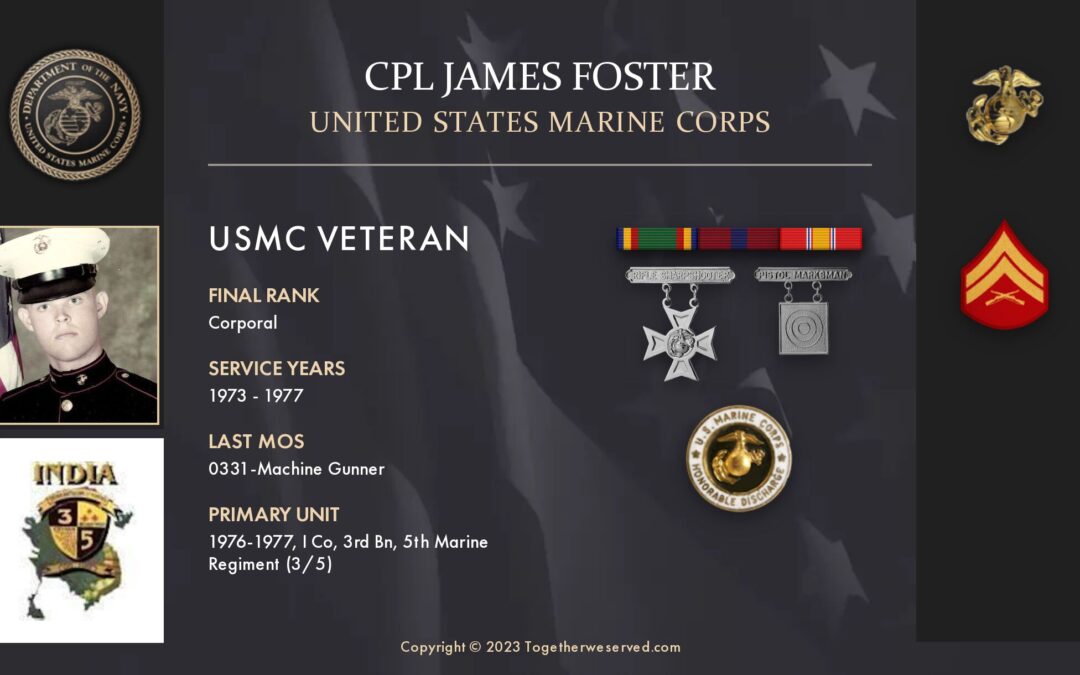
As a child, I always wanted to be a Marine and spent many hours watching movies and playing “war” with friends in the backyard wearing surplus WWII, Korea, and Vietnam apparel and gear given to me by my “uncle” Jr. The late 90s, while I was in high school, was a relative time of peace, and the few people I did see joining the military were doing it for college money, which, while making sense to me, also kind of soured the idea for me. In my senior year in 2000, the Army National Guard ran a recruiting event in the quad area at lunch, and a friend and I added our names to a list to get more information; my mother always told me that the military would brainwash me and that I was flat-footed and wouldn’t be accepted anyway (I’m not flat-footed) and when that Army Sgt called the house I heard my mother quickly give him a piece of her mind and then abruptly hang up on him, and that was the end of that, I wasn’t fully committed to the idea myself and had apprehensions and concerns about whether I’d be up to military life and honestly was unsure that I even had what it takes to make it through boot camp. After high school, I worked for my family, got engaged, and took out a loan for my first home. Then September 11th happened. I was angry, and silly as it may sound, I was filled with guilt as I saw on the news the brave men and women my age who answered the call to service both before and during this unprecedented time in our country. Still, I had obligations here at home and continued on my current course at the time. Years passed, and I grew older and feared that my youth would quickly pass me by. Then, the economic recession of 2008 hit.
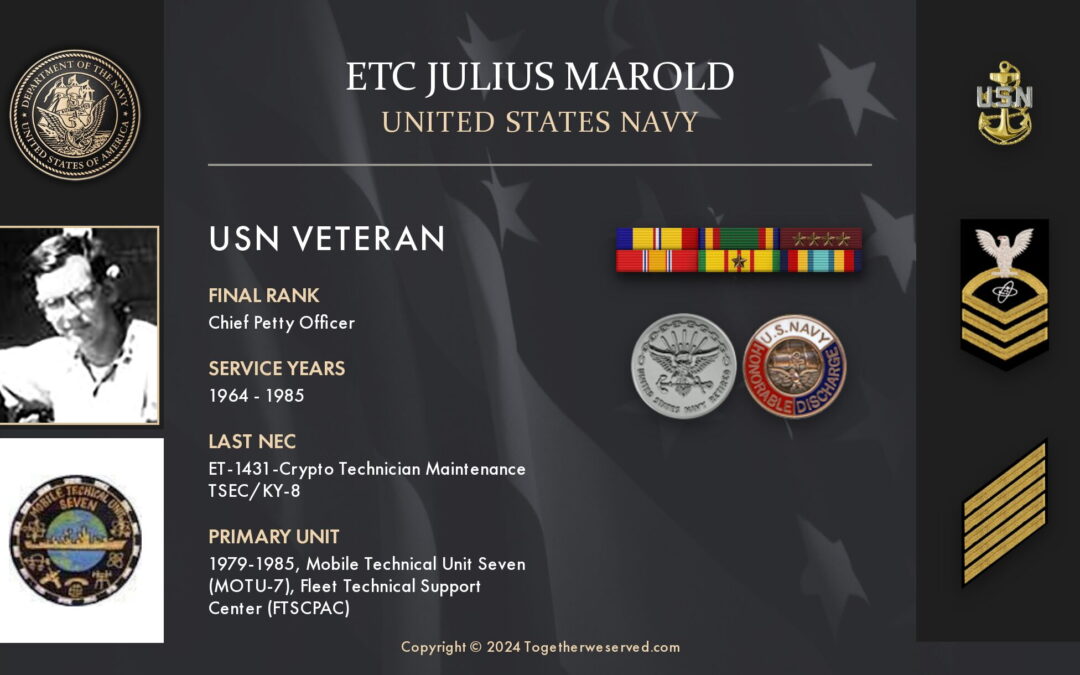
As a child, I had always had an interest in the Navy. My parents had been in the Army during WWII, so they couldn’t understand why I was so fascinated by all things Navy. My favorite TV shows were Silent Service, Men of Annapolis, Navy Log, Victory at Sea, and McHale’s Navy. I had a stack of paperback books about the Navy. I liked the idea of going into submarines, but my vision wasn’t good enough. After registering for the draft in 1964, my next stop was the Navy Recruiting Office in Babylon, New York. He wasn’t in, so I went to the one in Hempstead. The SMC in charge was in, so I signed up with him, and at the end of September, I was off to Great Lakes RTC.
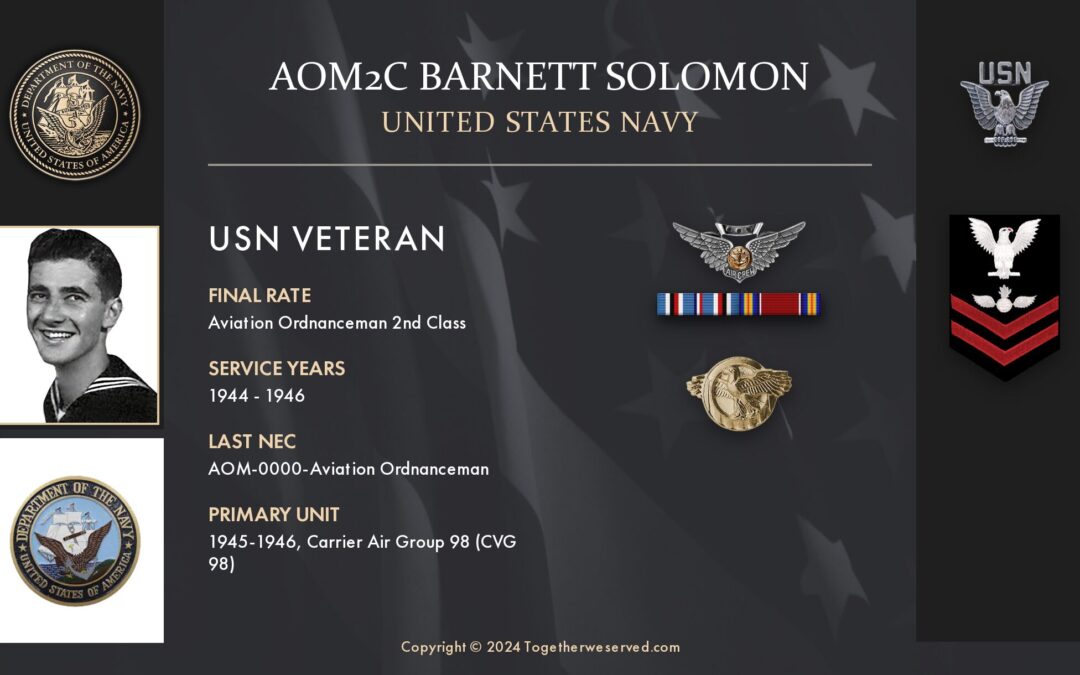
PRESERVING A MILITARY LEGACY FOR FUTURE GENERATIONS The following Reflections represents AOM2C Barnett Solomon's legacy of his military service from 1944 to 1946. If you are a Veteran, consider preserving a record of your own military service, including your memories and photographs, on Togetherweserved.com (TWS), the leading archive of living military history. The following Service Reflections is an easy-to-complete self-interview, located on your TWS Military Service Page, which enables you...
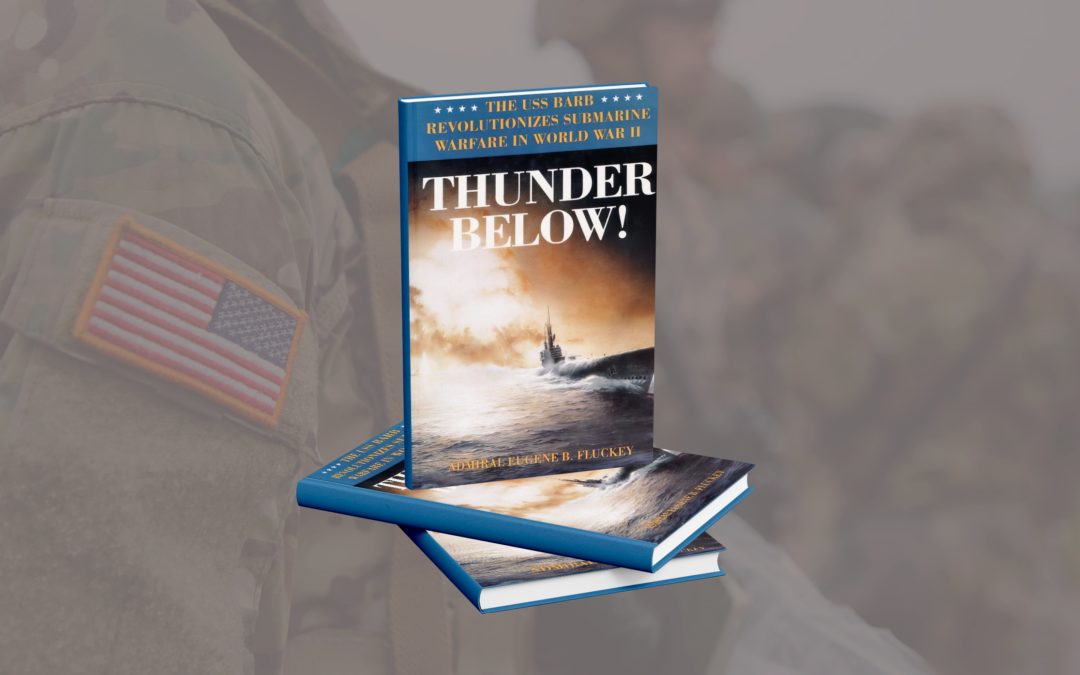
The thunderous roar of exploding depth charges was a familiar and comforting sound to the crew members of the USS Barb, who frequently found themselves somewhere between enemy fire and Davy Jones's locker. Under the leadership of her fearless skipper, Captain Gene Fluckey, the Barb sank the greatest tonnage of any American sub in World War II. At the same time, the Barb did far more than merely sink ships-she changed forever the way submarines stalk and kill their prey. This is a gripping...
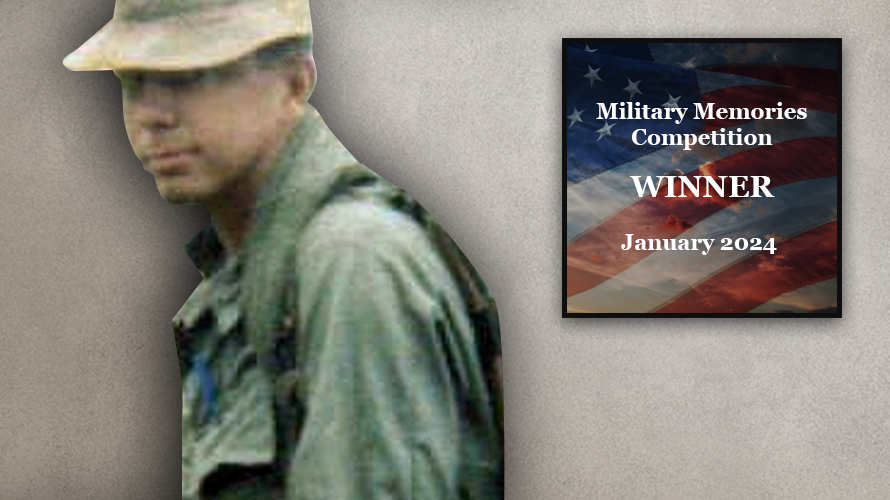
Which individual(s) from your time in the military stand out as having had the most positive impact on you and why?:
1SGT Robert L. Millirons (a WWII, Korean War, and 3rd-Tour Vietnam Veteran) was a bare-chested old soldier sitting against a tombstone in the lowlands of Thua Thien Province when he sounded a commanding “Troop” in my direction as I reported to my company. I left Camp Eagle as an individual replacement in January of 1970 bound for where C Company, 1/327th Infantry, 1st Brigade, 101st Airborne Division was located.
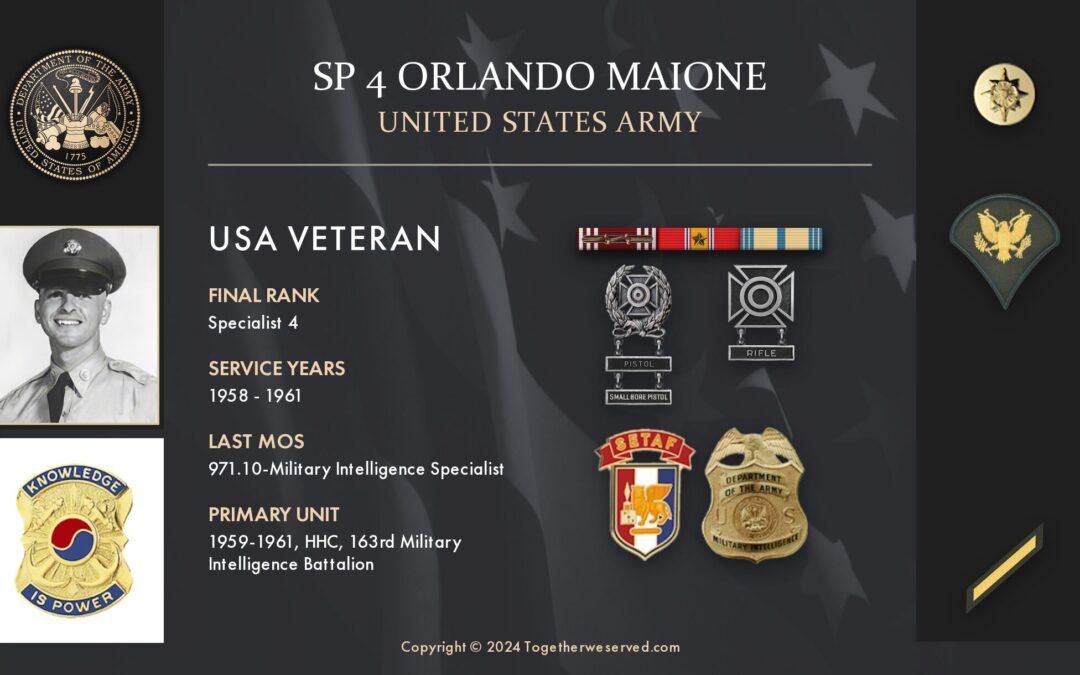
I was 22 years old and just finished my fourth year as a student in a five-year program for a Bachelor of Architecture at the University of Notre Dame, IN. In June of that year, I received my draft notice. I went to the local draft board with my university catalog showing the program I was in was a five-year program; my parents canceled the check for the fifth-year tuition and explained that I didn’t want to get out of the draft. I was perfectly willing to serve but wanted to finish my college education and a one-year deferment.
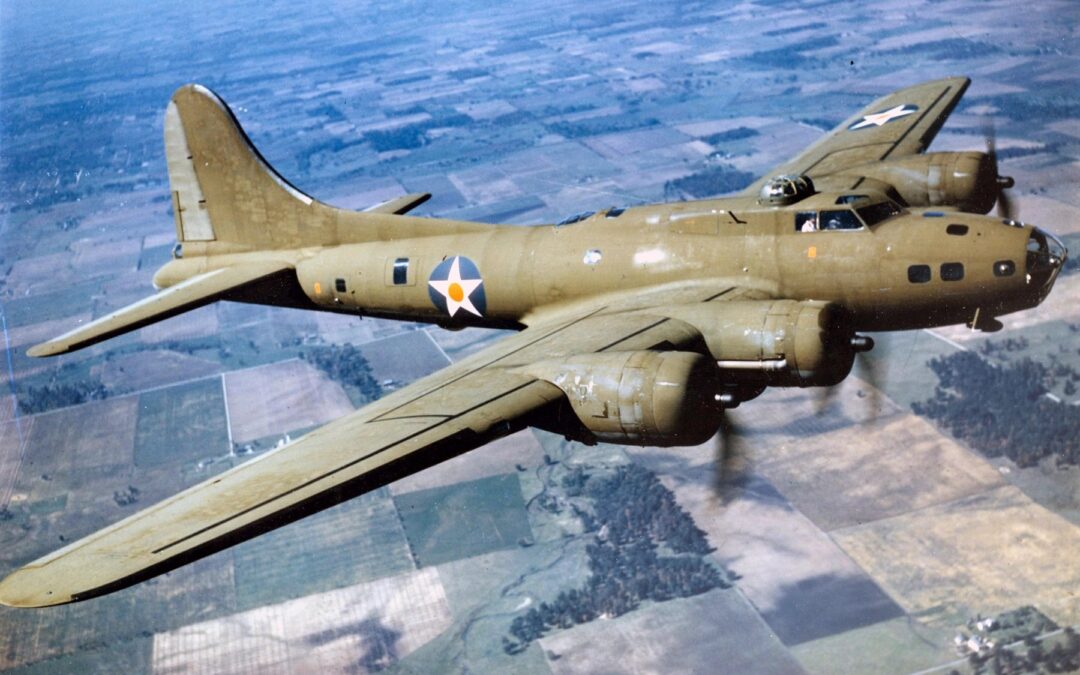
In 1943, several U.S. airmen went on a suicide mission. Two men, who were part of Eager Beavers, on the mission were awarded a Medal of Honor - the only time in WWII that two men received the same award for the same engagement. Interestingly, their careers didn't start out well. Biography of Lt Col Jay Zeamer Jr. Jay Zeamer, Jr. got his wings in 1941 at Langley Field. All his classmates became pilots and got their own planes and crews, but not Zeamer. Although he could fly and had a passion...